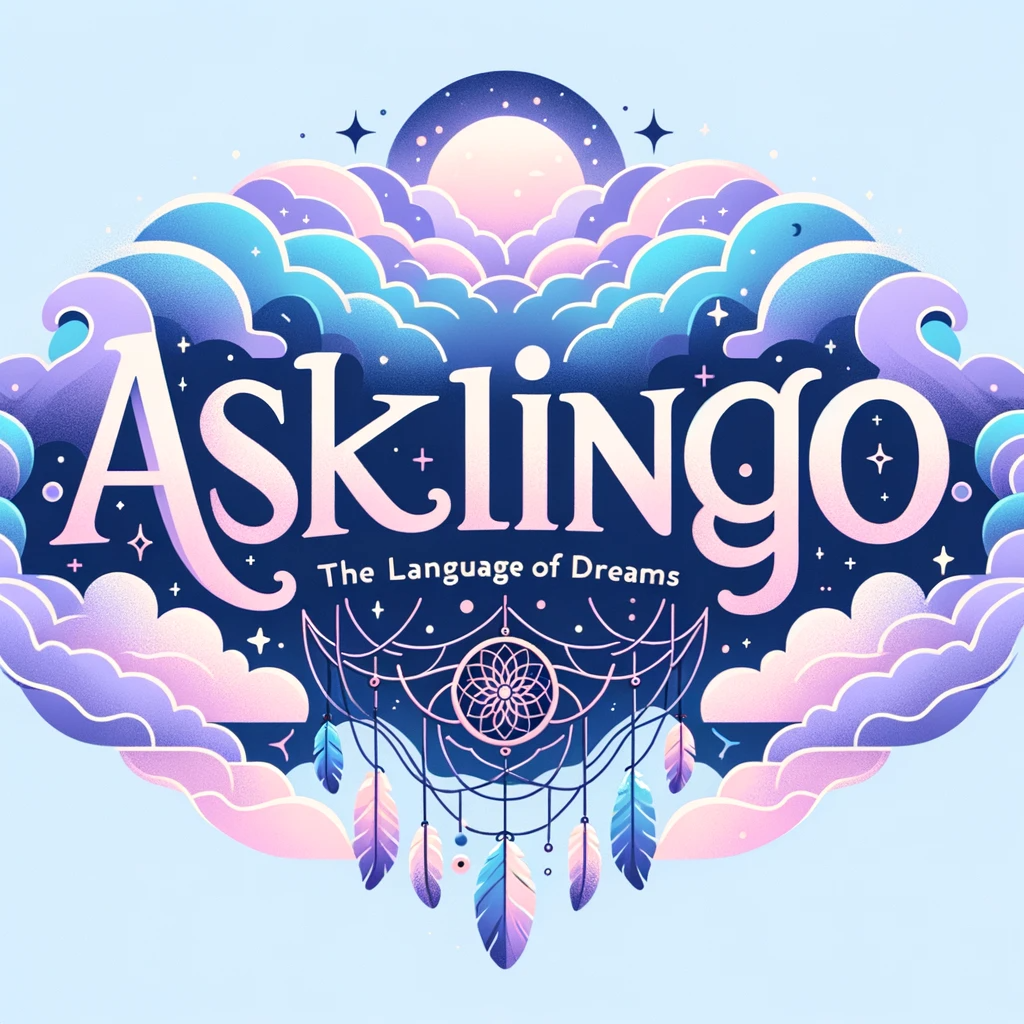Crafting a Personalized Approach to Dream Interpretation
Dream interpretation is a fascinating field that has been studied for centuries. While scientific research on dreams is still relatively new, there are several prominent theories that have emerged over time. Freud, the most cited psychologist of the 20th century, believed that dreams represent a form of wish fulfillment and hold the key to a person’s desires. On the other hand, Carl Jung viewed dreams as a way for the unconscious mind to develop and balance conflicting parts. In recent years, the focus has shifted to a neuroscience-based approach, with theories suggesting that dreams help with emotional processing, memory consolidation, performance, and creativity. Despite the different theories, one thing is clear – dreams are a normal part of healthy sleep, and interpreting them can provide valuable insights into our thoughts, emotions, and desires.
Key Takeaways
- Tailored dream guidance offers a personalized approach to dream interpretation.
- Dreams are a normal part of healthy sleep and can provide insights into our thoughts and emotions.
- Scientific research supports the validity of dream interpretation, highlighting its role in emotional processing, memory consolidation, performance, and creativity.
- Major theories of dream interpretation include Freud’s psychoanalytic theory, Jung’s archetypal theory, and cognitive and cultural theories.
- Keeping a dream journal can enhance dream recall and aid in self-reflection, self-discovery, and creative inspiration.
The Science Behind Dream Interpretation
Dream interpretation is not just a field rooted in theories; there is also scientific evidence supporting its validity. Current research suggests that dreams play a crucial role in various cognitive processes, including memory consolidation, emotional processing, performance, and creativity.
One important aspect of dream analysis is the role it plays in memory consolidation. During sleep, the brain actively processes and transfers information from short-term memory to long-term memory. Dreams serve as a mechanism for this consolidation process, helping to strengthen and integrate new memories. By analyzing our dreams, we can gain insights into our experiences and emotions, enhancing our understanding of the events that shape our lives.
Furthermore, dreams contribute to emotional processing, providing a safe space for the brain to work through difficult emotions and experiences. Dreams allow us to explore and express suppressed emotions, helping us to better cope with stress and emotional challenges. By interpreting our dreams, we can gain a deeper understanding of our emotional landscape and identify any unresolved issues that may be affecting our well-being.
In addition to memory and emotional processing, dreams have also been linked to enhanced cognitive performance and creativity. Dreams offer a unique and unbounded environment in which the brain can generate new ideas, explore creative solutions to problems, and simulate different scenarios. By analyzing the symbolism and themes present in our dreams, we can tap into this wellspring of inspiration and unlock our creative potential.
The Major Theories of Dream Interpretation
When it comes to understanding the meaning behind our dreams, there are several major theories that have shaped the field of dream interpretation. These theories provide different perspectives on why we dream and how to interpret the symbolism within our dreams. Let’s take a closer look at some of the most influential theories in dream interpretation.
1. Psychoanalytic Theory (Freud)
Sigmund Freud, the father of psychoanalysis, believed that dreams are a window into the unconscious mind. According to Freud, dreams represent the fulfillment of repressed desires and contain symbols that represent subconscious thoughts and emotions. By analyzing these symbols, Freud believed that we could gain insight into our deepest fears, desires, and conflicts.
2. Archetypal Theory (Jung)
Carl Jung, a contemporary of Freud, introduced the idea of archetypes in dream analysis. According to Jung, dreams contain universal symbols and experiences that are shared across cultures. These archetypes, such as the hero, the shadow, or the wise old man, represent different aspects of our psyche. By exploring the archetypal symbolism in our dreams, Jung believed we could gain a deeper understanding of ourselves and the collective unconscious.
3. Cognitive Theory
Cognitive theorists approach dream interpretation from a different perspective. They view dreams as a reflection of cognitive processes such as problem-solving and memory consolidation. According to this theory, dreams help us process information from our waking lives and aid in the organization and integration of memories. By analyzing the narrative structure and content of our dreams, cognitive theorists aim to uncover the underlying cognitive processes at play.
4. Cultural Theory
Cultural theorists emphasize the influence of cultural factors on dream symbolism. They argue that the meaning of dream symbols can vary across different cultures and societies. Cultural theorists explore how cultural beliefs, values, and experiences shape the interpretation of dream symbols. By taking into account cultural context, they believe we can gain a more accurate understanding of the symbolism within our dreams.
5. Activation-Synthesis Theory
The activation-synthesis theory, proposed by Allan Hobson and Robert McCarley, suggests that dreams are a byproduct of the brain’s attempts to make sense of random neural activity during sleep. According to this theory, dreams are not meaningful in themselves but rather a result of the brain’s interpretation of random signals. While the activation-synthesis theory takes a more biological approach, it still acknowledges the importance of dream interpretation in understanding the brain’s processes.
These major theories of dream interpretation offer valuable insights into the complex and mysterious world of our dreams. By exploring these different perspectives and analyzing the symbols within our dreams, we can uncover hidden meanings and gain a deeper understanding of ourselves.

The Role of Dream Journals in Interpretation
Keeping a dream journal is a powerful tool for unlocking the hidden meanings behind our dreams. By recording the details of our dreams, we create a tangible record that allows us to delve deeper into our subconscious mind. Dream journals provide a space to document the people, places, and events that appear in our dreams, as well as the thoughts and emotions associated with them.
Consistently writing in a dream journal can enhance dream recall, making it easier to remember our dreams and gain insights into their symbolism. As we review our journal entries over time, we may notice patterns, recurring themes, and symbols that can provide valuable information about our inner world. These insights can lead to self-reflection and self-discovery, helping us to gain a better understanding of our thoughts, emotions, and desires.
“Dreams are the artwork of our subconscious mind, and a dream journal is the canvas where we can capture and explore their imaginative imagery.”
Dreams have long been a source of creative inspiration, and a dream journal allows us to capture and explore the vivid imagery that appears during sleep. The surreal and symbolic nature of dreams can spark our creativity and serve as a wellspring of ideas for art, writing, or other creative pursuits. By immersing ourselves in the rich tapestry of our dreams, we can tap into our subconscious creativity and unlock new perspectives.

Enhance Your Dream Interpretation Journey with a Dream Journal
A dream journal is an essential companion on the journey of dream interpretation. By nurturing the habit of recording our dreams, we open ourselves to a deeper understanding of our inner world. Through dream recall, self-reflection, self-discovery, and creative inspiration, a dream journal becomes a powerful tool for unraveling the mysteries of our dreams and gaining valuable insights into our thoughts, emotions, and desires.
Whether you are new to dream interpretation or a seasoned explorer, a dream journal can provide a solid foundation for your practice. Embrace the fascinating realm of dreams by starting your own dream journal today and embark on a journey of self-discovery and personal growth.
Dream Analysis in Therapy
Dream analysis is an integral part of various therapeutic frameworks, offering valuable insights into the subconscious mind and aiding in personal growth and healing. One prominent approach is psychoanalysis, which draws from Freud’s theories and utilizes dream analysis to uncover repressed thoughts and emotions. Through exploring the symbolism and narratives in dreams, psychoanalysis aims to bring unconscious material to consciousness and promote self-awareness and resolution.
Jungian analysis, another form of dream analysis in therapy, delves into the realm of archetypes and collective symbolism. By interpreting dreams through the lens of individual interpretation, Jungian analysis seeks to uncover the hidden meanings and wisdom contained within dreams. This approach can provide individuals with a deeper understanding of themselves and their life journey.
Gestalt therapy takes a unique perspective on dream analysis, viewing dreams as existential messages and reflections of the self. In Gestalt therapy, individuals may act out dream parts or engage in dialogue with dream characters to gain insights into their dreams. This experiential approach can help individuals integrate the messages from their dreams into their conscious awareness and promote personal growth and self-discovery.
Another therapeutic modality that incorporates dream analysis is existential art therapy. This approach combines dream exploration with artistic expression, allowing individuals to create visual representations of their dreams. Through art-making and reflection, individuals can uncover the deeper meaning and symbolism within their dreams, ultimately aiding in self-exploration and finding existential meaning.







